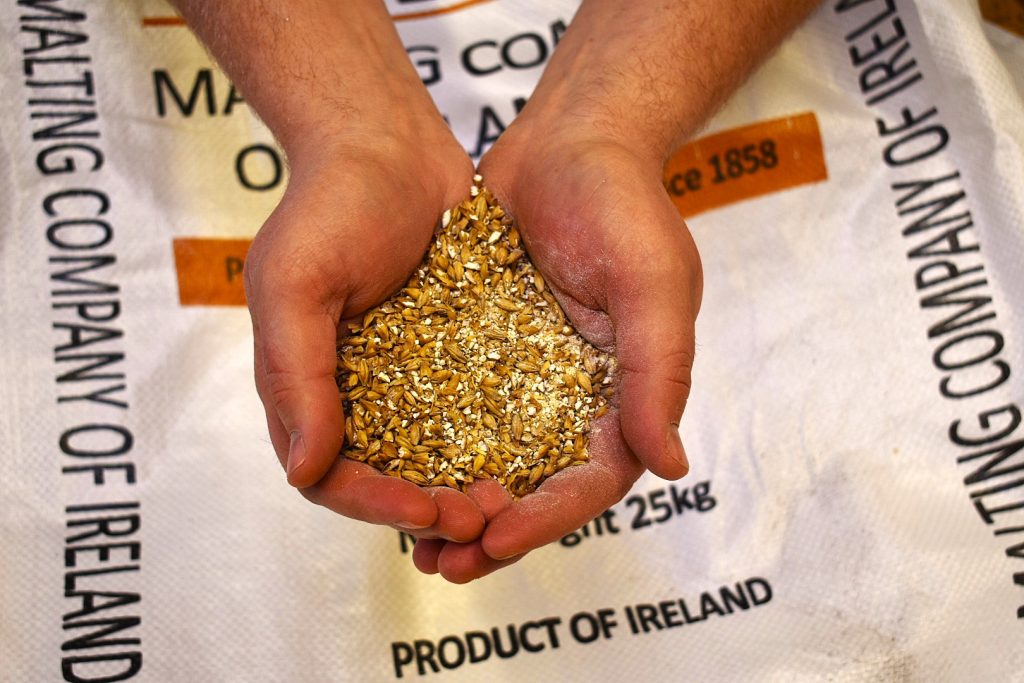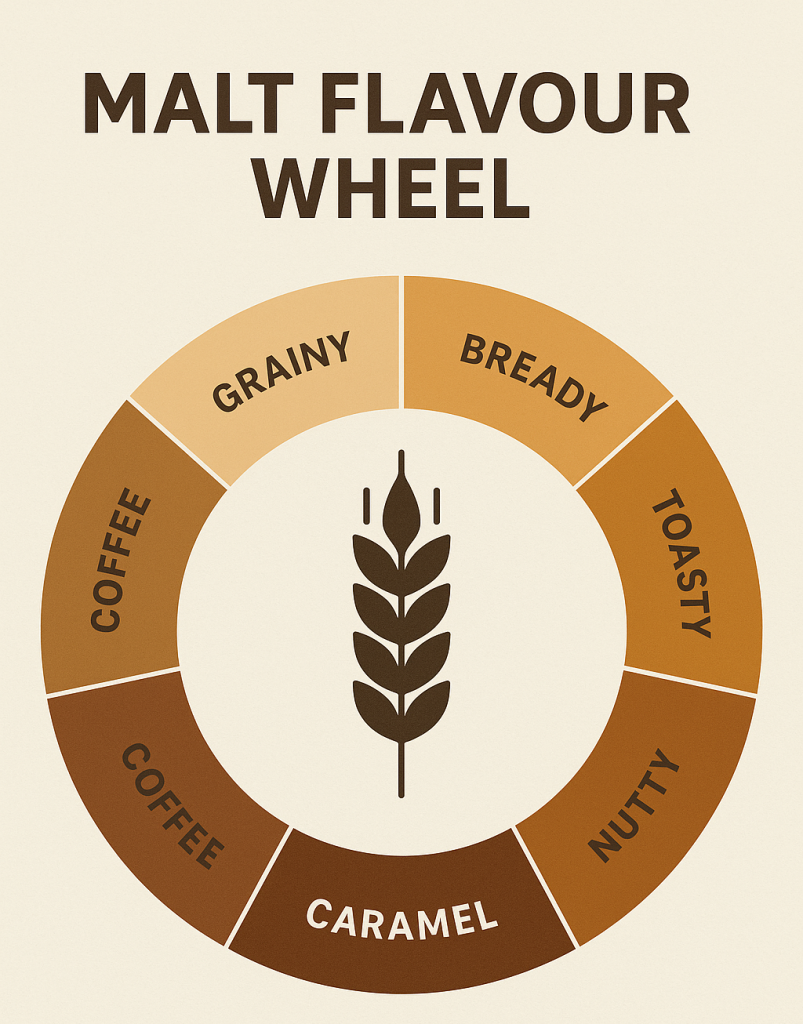Your cart is currently empty!


Malt 101: Everything You Need to Know About Malt in Beer
When people talk about craft beer, hops tend to hog the spotlight. Tropical this, piney that — we get it. But if hops are the headline act, malt is the solid rhythm section holding it all together.

Without malt, beer wouldn’t exist. You’d be left with a bitter, watery mess and nobody wants that. Malt is where the sugar comes from — the stuff yeast needs to work its magic and turn wort into beer. But more than just fuel for fermentation, malt gives beer its body, colour, mouthfeel, and those delicious bready, toasty, nutty notes you often get in styles like reds, porters, and stouts.
A Quick Malt Breakdown
At its simplest, malt is grain that’s been soaked, sprouted, and dried — most commonly barley. But the way it’s processed opens up a whole world of flavour. You’ve got your pale malts (light, clean, crisp), your caramel and crystal malts (sweet, toffee-like), and your roasted malts (think coffee, chocolate, and dark toast).
We use a variety of malts in our beers, carefully selected to match the character of each style. Take County Clare Pale Ale, for example — we keep the malt bill clean to let the hops shine, but there’s just enough backbone to balance that hoppy bitterness. On the other hand, Turlough Porter leans into roasted barley and darker malts for that rich, smooth finish.
The Role of Malt in the Brewhouse
During mashing, we steep crushed malt in hot water to extract the sugars. This step also releases proteins and compounds that affect everything from foam stability to mouthfeel. Depending on how we tweak the malt bill and mash temperature, we can build beers that are crisp and dry, soft and full-bodied, or deep and complex.
In other words, malt is the canvas we paint on. It sets the tone. It gives beer its soul.

What’s Next in the Series?
Over the next few months, we’ll dig deeper into the different types of malt we use here at the brewery — from sweet and chewy crystal malts to dark roasted grains that give stouts their signature bite. We’ll show how each one plays a role in shaping the flavour, aroma, and mouthfeel of our beers. Whether it’s a light-bodied pilsner or a bold imperial stout, the malt bill is where it all begins.

